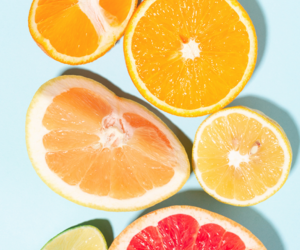3D Printed “SmartTrap” New Tool for Scientists to Study Citrus-Killing Insect
TALLAHASSEE, Fla. – A 3D printed “SmartTrap” may turn the tide in a decade-old war to save Florida’s $10.7 billion citrus industry from a bacterial disease known as citrus greening.
Scientists at the Florida Department of Agriculture and Consumer Services developed the traps using 3D printing technology to more efficiently catch and study the Asian citrus psyllid, which carries the bacterial disease decimating Florida’s citrus groves. A five-year, $200,000 National Institute of Food and Agriculture grant awarded to Florida this week will allow the traps to be deployed and tested in California and Texas to prevent a similar crisis.
“This technology is a gigantic leap forward,” said Commissioner Adam H. Putnam. “This 3D printing innovation gives our scientists the best chance to find a game-changing breakthrough in the fight against citrus greening.”
Using computer software and a fast-working 3D printer, researchers can easily adjust the trap’s shape, color, lights and chemicals to better attract the psyllid. This allows researchers to more efficiently and accurately study the insect that transmits greening. Citrus greening makes fruit turn green and bitter and causes it to drop to the ground sooner. Eventually, the disease is fatal to the tree.
Previously, yellow sticky traps were hung in the trees and collected many different kinds of insects, requiring a trained trap-reader for further testing. With the “SmartTrap,” about 99 percent of the insects collected are psyllids. The traps also preserve the psyllids, unlike the yellow sticky traps, which leave psyllids exposed to the elements where they quickly decompose and are virtually impossible to remove from the entangling glue for further analysis.
The Asian citrus psyllid, no bigger than a pin, is an invasive insect first recognized in Florida in 1998. Citrus greening began seriously affecting crops in 2005 and has contributed to record low citrus harvests. The USDA recently estimated 103 million boxes of oranges will be harvested this season, the lowest on record. This represents a total decline of 60 percent since the peak of citrus production at 254 million boxes in 1997-98.
Commissioner Putnam is dedicated to protecting Florida’s citrus industry and has asked the Florida Legislature to contribute $18 million this year to continue in-depth research, grow clean citrus stock, and replant where diseased trees have been removed.
For more information about the Florida Department of Agriculture and Consumer Services, visit www.FreshFromFlorida.com.
